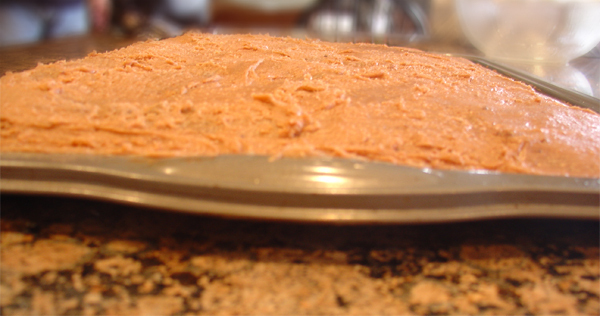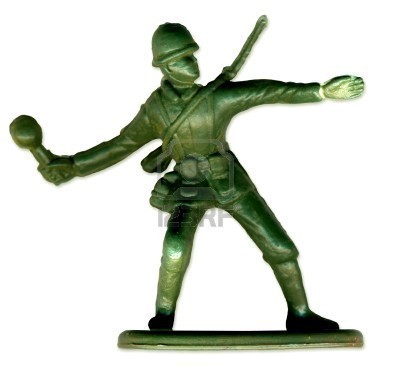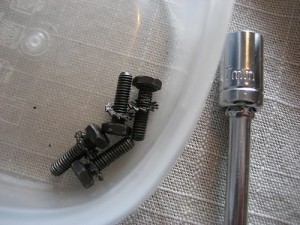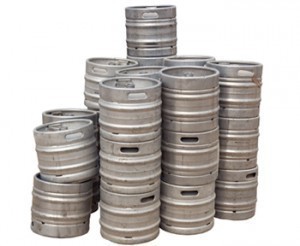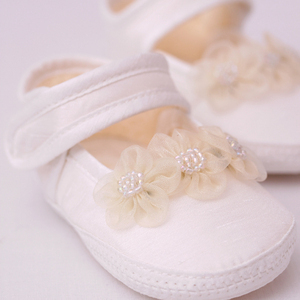Turbot Sizes
The size of a turbot (Psetta maxima) can reach 40 inches (100 cm) long. Its 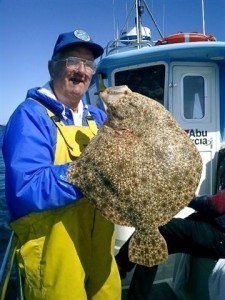 weight can go up to 55 lbs or 25 kg. It is a flatfish belonging to the Scophthalmidae family. It is from the Pleuronectiformes order and the Actinopterygii class. It is classified in the Chordata phylum.
weight can go up to 55 lbs or 25 kg. It is a flatfish belonging to the Scophthalmidae family. It is from the Pleuronectiformes order and the Actinopterygii class. It is classified in the Chordata phylum.
Distribution of the Turbot
The fish is found in the North Atlantic waters. It is also found in the Mediterranean Sea, the Baltic Sea and the Black Sea. It can be found in brackish and marine waters.
Origin of the Name
The fish’s name is derived from the Swedish word tornbut. The word means stump. This was employed in the English language around the 13th century. The French also started using it around this time.
One of the earliest mentions of the fish is from a poem by Juvenal (late 1st to early 2nd century AD). The mention of the name has led many historians to believe that the fish was eaten by the Romans.
Physical Characteristics
The size of a turbot has little bearing on its appearance. The body is shaped like a disk with asymmetrical features. The European turbot frequently grows up to 100 cm, but other types are a bit smaller.
The fish can be found in many locations, but most are at the gravel shores. They can also be found near the sand. As a left sided flatfish, the eyes are located at the left portion of the head. In a few cases, this is not so.
As Food and Delicacy
In numerous countries around the world, the turbot is regarded as a delicacy. It is highly sought after due to its succulent flavor. It is known by various names, such as butt, breet and britt.
It is also a highly valued commercial fish. It is often taken via trawling. Others acquire it via aquaculture. There are now many of them farmed in China, Norway, Chile, Turkey and Spain. This has led to the appearance of various sizes of turbot.
Unlike other fish, the turbot is able to maintain its vivid white color even after it is cooked. Just like other flatfish, the turbot can generate four fillets. The top side has more meat. The fish can be cooked in various ways, including pan frying, by baking or poaching.
Other Traits and Features
Unlike other fish, the turbot has no scales. However, the body and the head are littered with tubercles or bone like knobs. The color of the fish varies. Many of them are gray, while others are grayish brown. There are also some types which have a light brown color. They also have dark patches at certain parts of their body.
When the fish is caught, the fisherman would make incisions through its bone just close to the tailfin. This will allow the blood to flow out. This helps the fish keep the white color.
Another way to keep the color is by storing the fish upside down. This process will work regardless of the size of a turbot.
